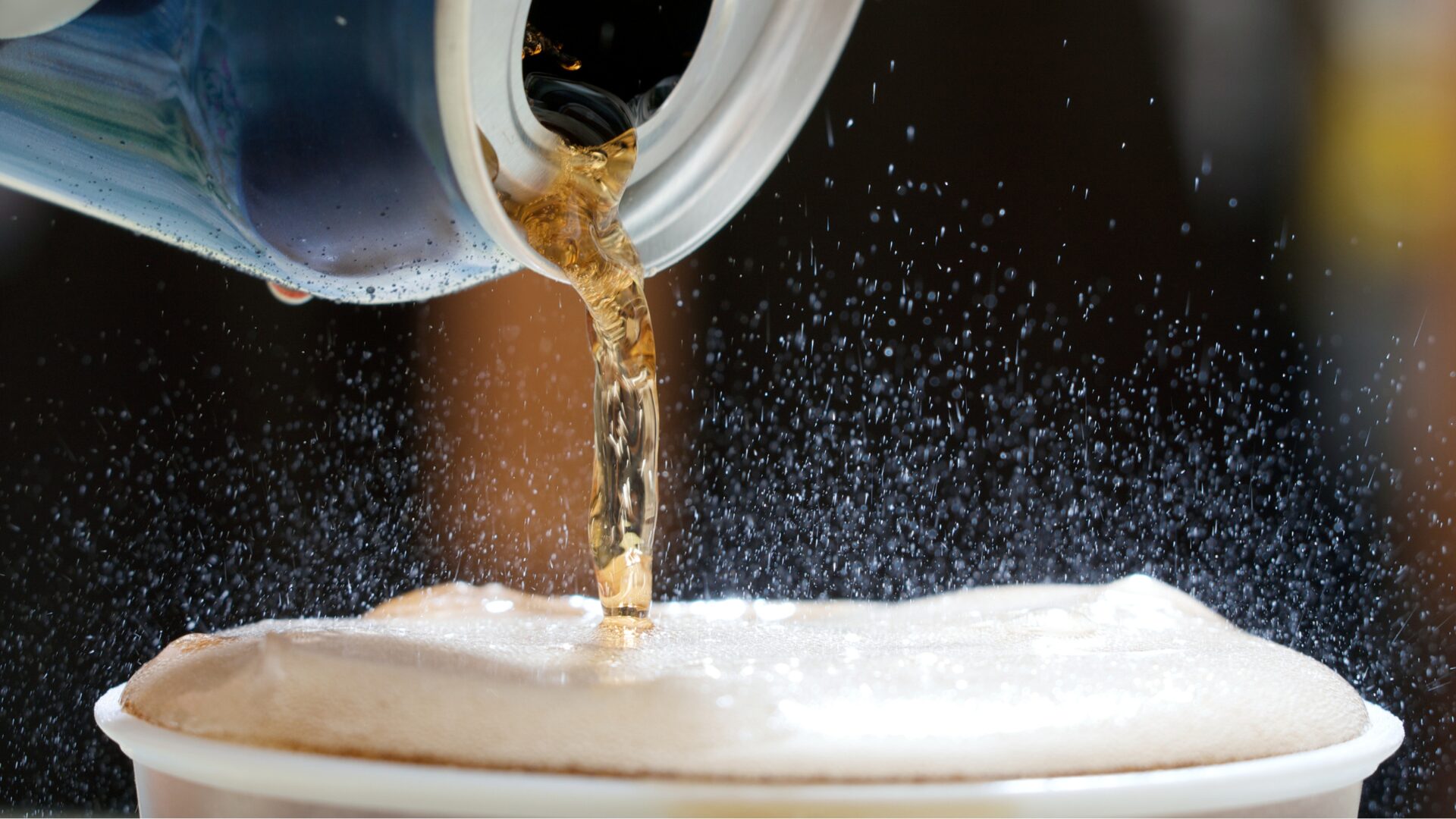Greenwashing, the process of misleading consumers with dubious sustainability claims, has run rampant in recent years. Skeptical shoppers and regulators are taking notice, however, and cracking down on unsubstantiated green claims.
Research repeatedly shows that sustainability matters to consumers, so a wide range of companies—from makers of oat milk to laundry detergent—have used greenwashing to drive sales.
But while the majority of U.S. consumers (78%) say that a sustainable lifestyle is important to them, attitudes don’t always align with actions. When it comes to sustainability, companies may use greenwashing to persuade consumers, but consumers, too, may say one thing and do another.
Some Consumers Are Sustainability Skeptics
For shoppers, “sustainability must hold up against other factors under consideration such as price, health, quality, safety, familiarity, and more,” wrote Steve Markenson, VP of Research & Insights at FMI. Markenson was commenting on research conducted by NIQ and McKinsey & Company, which segmented shoppers based on what they say, do, and think about sustainability.
The research revealed that 34% of shoppers are skeptics who have a low awareness of and place little priority on purchasing sustainable products. This group was the largest of the five segments that emerged from the analysis.
The second largest segment of shoppers (22%) are referred to as minimalists and have a basic awareness of sustainability but little motivation to buy sustainable products. Another 14% of shoppers are idealists—they talk the talk but struggle to walk the walk.
Nevertheless, even though some consumers’ attitudes may not correspond with their purchasing behavior, sales over the past year show that sustainability sells. NIQ found that products which made sustainability claims had significantly higher growth rates than those which did not.
Green Claims Increase, Substantiation Doesn’t
And the number of companies making green claims has been steadily increasing over the last decade, across industries. According to a report from Mintel, 46% of beauty and hygiene products made an environmental or ethical claim in 2019, compared to just 27% in 2015. In Australia, the average consumer might see 122 green claims every day, according to a study by the Consumer Policy Research Centre.
In the food industry, many of the world’s biggest suppliers have publicly embraced regenerative agriculture to reduce the environmental impact of traditional farming. There’s just one problem—most of these companies lack clear goals, measurable targets, and a standard definition of what regenerative agriculture entails.
A new study by FAIRR surveyed 79 agrifood companies and found that while 50 have announced regenerative agriculture initiatives, only 18 have formal quantitative targets. And without measurable goals, it’s difficult to substantiate the environmental claims many of these companies have made.
Shoppers and Regulators Fight Back
Disillusioned consumers are quickly catching on. Nearly half (45%) of shoppers have heard of greenwashing and one-third (33%) are skeptical of green labels and sustainability claims, according to a study of U.K. consumers by KPMG. More than half (54%) of those surveyed said they would stop buying products from companies found to have greenwashed.
Globally, regulators are beginning to tackle the issue through updated guidelines, investigations, and litigation. The U.S. Federal Trade Commission (FTC) fined Kohl’s and Walmart last year for advertising rayon fabric as bamboo. In 2020, an oil company in Italy was fined €5 million for referring to diesel fuel as “green.” The Competition and Markets Authority (CMA) in the U.K. is currently investigating three big fashion brands for questionable green claims.
“This is an important moment in greenwashing regulation, essentially because there hasn’t been one before,” Jonathan White, a lawyer at ClientEarth, told Bloomberg. “If you look across jurisdictions, from the U.K. to the EU to the U.S.—even elsewhere to Asia—you get the very clear sense that legislators and regulators are doing something about this and want to be seen to be doing something about this.”












